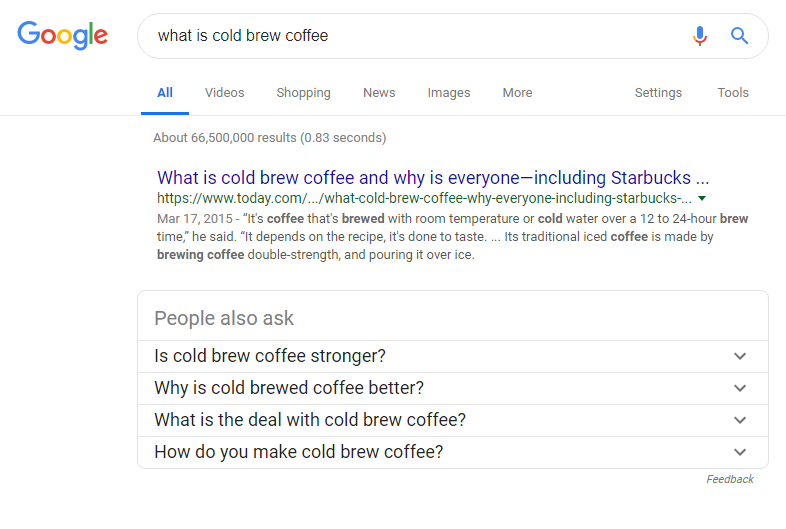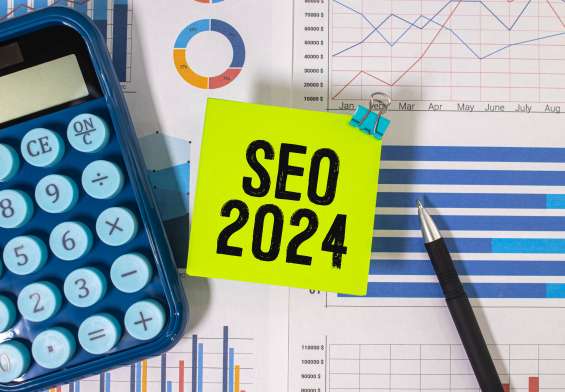Ever wonder why a product recommendation from an Instagram influencer feels more convincing than a regular ad? Today’s consumers want authenticity, and influencer marketing has been an important factor in that shift. Brands adapting to these changes see stronger engagement, while those clinging to outdated marketing strategies struggle to connect.
So how does influencer marketing work, and why is it so effective? Let’s discuss.
What Is Influencer Marketing?
Influencer marketing is a digital advertising strategy where brands collaborate with social media influencers to promote products or services via engaging, authentic content. This method leverages an influencer’s existing audience relationships to drive brand awareness and conversions instead of direct sales messaging.
Influencers build communities based on shared interests, whether in beauty, fitness, tech, or lifestyle. Their followers trust their opinions, making influencers great candidates to integrate brand messaging into content people already consume.
For example, a skincare company might work with a beauty influencer who includes their product in a video about their morning routine. This showcases the product in a relatable way instead of pushing direct sales messaging, so the recommendation feels personal and credible.
Why Do Brands Use Influencer Marketing?
Brands use influencer marketing because it lets them connect with target audiences already cultivated by the influencer. By doing so, companies can integrate their messaging into content that potential customers are seeking out anyway.
The ability to reach specific audiences provides another advantage. A fitness brand benefits more from partnering with a wellness influencer than running broad ad campaigns. Similarly, a tech startup gains traction by working with a YouTube reviewer with a niche in emerging technology. By selecting influencers whose followers match their ideal customer base, businesses maximize impact and stretch their ad spend as far as possible.
Additionally, influencer marketing leads to higher engagement rates. Consumers may scroll past a traditional ad, but they’re much more likely to listen when an influencer they trust talks about a product. This creates discussions, shares, and direct interactions, helping brands build more than just visibility.
Pros of Influencer Marketing
When it’s done right, influencer marketing provides several advantages:
- Authenticity and Trust – Influencers develop credibility within their communities. Their recommendations often feel more genuine than traditional brand advertising.
- Targeted Audience Reach – Instead of taking a generalized approach to product promotion, businesses can work with influencers whose social media marketing efforts are more in line with their customer base.
- Higher Engagement Rates – Influencer content sparks conversations, leading to more interactions and increased engagement rates.
- Diverse Content Formats – Brands can be featured in different types of content, like social media posts, videos, blogs, and live streams.
- Scalability – Whether working with large influencers or micro-influencers, businesses can align their strategy to almost any budget or goal.
Cons of Influencer Marketing
Despite its benefits, influencer marketing has challenges businesses must navigate:
- Authenticity Risks – If an influencer’s promotion feels forced, audiences may lose trust, and the campaign won’t be as effective.
- High Costs at the Top Level – Influencers with large followings often charge premium rates, which may be out of reach for smaller businesses.
- Measuring ROI Can Be Complex – It’s difficult to track the direct impact of influencer campaigns on sales. Brands often use affiliate marketing tactics like promo codes and tracking links to measure performance.
- Reputation Risks – An influencer’s actions, personal or professional, can affect the brands they endorse. They need to be carefully vetted to make sure they’re credible.
While these challenges exist, businesses can reduce risks with careful selection of influencers, clear goals, and performance tracking tools.
The Future of Influencer Marketing
Influencer marketing is here to stay, and several trends are influencing its future:
- Micro-influencers and nano-influencers are becoming more and more valuable. While smaller, their audiences are much more engaged, so they’re a cost-effective choice for brands that want deeper audience connections.
- Short-form video content dominates. Platforms like TikTok, Instagram Reels, and YouTube Shorts are reshaping how influencer campaigns are structured. Brands must adapt to these formats to get the most reach and engagement out of their campaigns.
- Transparency in influencer partnerships is more important than ever. Audiences expect clear disclosures when content is sponsored, and regulatory guidelines reinforce the need for honesty in advertising.
- Brands are shifting toward long-term collaborations. Instead of one-off promotions, ongoing partnerships feel more authentic to audiences, reinforcing the influencer’s trustworthiness.
As influencer marketing continues to develop, businesses that stay flexible and adapt to these trends will gain the most from their campaigns.
Frequently Asked Questions (FAQ)
- How do I start an influencer marketing campaign?
Start by identifying influencers whose audience matches your target market. Reach out with a personalized message, define clear collaboration goals, and establish how performance will be tracked (e.g., promo codes, engagement metrics). - What is the best social media platform for influencer marketing?
It depends on your industry. Instagram and TikTok work well for fashion, beauty, and lifestyle brands, while YouTube is ideal for in-depth reviews and tech products. LinkedIn is useful for B2B campaigns. - What’s the difference between influencer marketing and affiliate marketing?
Influencer marketing focuses on brand awareness and engagement through paid collaborations, while affiliate marketing is performance-based, where influencers earn commissions for each sale generated through their referral links. - How much does influencer marketing cost?
Costs vary depending on the influencer’s follower count, engagement rate, and niche. Micro-influencers may charge a few hundred dollars per post, while top-tier influencers command five- or six-figure fees.
Next Steps
Influencer marketing is more than just a trend—it’s a shift in how brands connect with consumers. Success depends on choosing influencers whose audience and values align with your brand, maintaining authenticity, and effective tracking of your campaign’s performance.
Ready to get started? Start by identifying some micro-influencers in your industry and reaching out for a potential collaboration.





